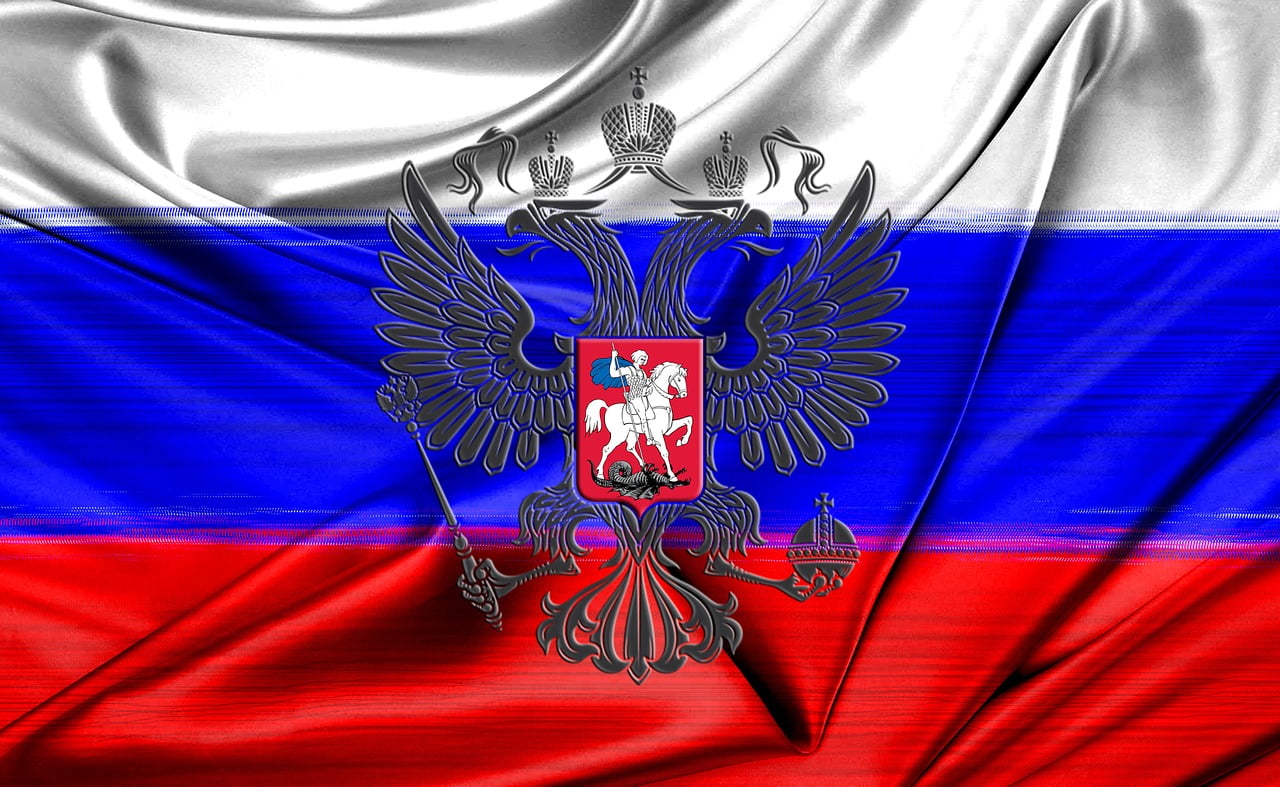Russian Sign Language (RSL), known as русский жестовый язык (Russkiy Zhestovyy Yazyk), is a vital part of the linguistic landscape in Russia. It’s a rich, expressive visual language used predominantly by the Deaf community across the country. Understanding its current status involves delving into its history, usage, and the government’s role in recognizing and supporting this unique language.
Historical Roots and Evolution
RSL traces its roots back to the 18th century, evolving as a means of communication among the Deaf in Russia. It developed organically within Deaf communities, resulting in a distinct visual language with its grammar, syntax, and vocabulary. Over time, RSL has undergone evolution and standardization, aided by efforts to codify and formalize its structure.
Usage and Community
Estimates suggest that around 100,000 to 200,000 people in Russia use RSL. However, accurate statistics on the Deaf population and RSL users can be challenging to ascertain due to varying factors, including regional differences and varying degrees of Deafness within the community.
The language plays a crucial role in the lives of Deaf individuals, serving as their primary mode of communication, facilitating social interaction, education, and cultural exchange within their community. RSL is learned and passed down through Deaf families, Deaf schools, and Deaf social gatherings, nurturing a shared identity and cultural heritage.
Recognition and Government Support
Recognition of RSL as an official language in Russia has been a subject of debate and advocacy within the Deaf community. While Russian Sign Language isn’t officially recognized at the federal level, efforts have been made by activists and organizations advocating for its recognition as an independent language deserving legal status.
The Russian government has taken steps towards acknowledging the importance of RSL. Some regional authorities have acknowledged it as a language for educational purposes, allowing its use in schools for the Deaf. However, nationwide recognition and official status remain elusive goals.
Access to education in RSL has seen improvements, with some schools for the Deaf incorporating RSL into their curriculum. Nevertheless, challenges persist in ensuring comprehensive access to quality education in RSL for all Deaf individuals across the country.
Challenges and Progress
Despite the rich cultural and linguistic heritage of RSL, challenges persist in ensuring its widespread recognition and integration into various facets of society. Issues such as limited accessibility to RSL-based education, inadequate interpreter services, and a lack of comprehensive legislative support continue to impede the full inclusion of the Deaf community.
Advocacy efforts by Deaf organizations and individuals, along with the support of allies within civil society, have propelled the discourse surrounding RSL and the rights of the Deaf community onto public platforms. This activism aims to garner broader societal recognition, legal protection, and greater accessibility to services in RSL.
Conclusion
Russian Sign Language stands as a testament to the cultural diversity and linguistic richness of Russia. While it plays a crucial role in the lives of the Deaf community, its formal recognition and integration into mainstream society continue to be works in progress. Efforts to secure legal recognition, promote education in RSL, and ensure broader accessibility to services remain pivotal in fostering inclusivity and honoring the linguistic rights of the Deaf population in Russia.




2 thoughts on “Russian Sign Language (RSL): (Russkiy Zhestovyy Yazyk)”